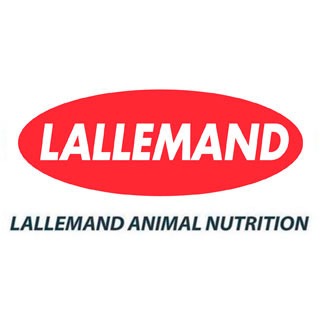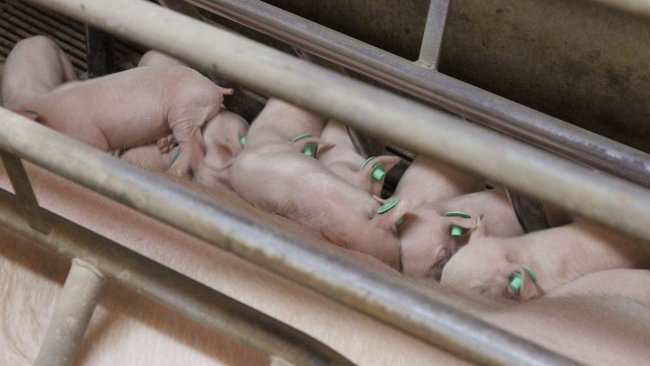
The role of your farm on the sows' reproductive potential (2/2)
What is more important: the farm or genetics?
The pig sector events all around the world
Weekly newsletter with all the pig333.com updates
Swine industry news in your email
Pig health: news and articles on PRRS, PCV2, biosecurity, etc, Pig disease guide, atlas of pathology, clinical cases…
Biocheck.UGent is an independent, risk-based, scientific scoring system for assessing the quality of your on-farm biosecurity.
A visual and practical step-by-step guide on how to perform a necropsy on a pig.
All the information about ASF: how to recognize the disease, how it is transmitted, pictures of lesions, latest news, guides, etc.
Description of the most important diseases and conditions in pigs
Images of major swine diseases
Pig disease diagnostic tool
Definition for the most commonly used pig terms
Simulator that calculates the amount of drug to add to the water when using a flow dispenser.
Weekly newsletter with all the pig333.com updates
Pig Prices by countries. Pork production and trade. News of the pig market and the raw materials
The latest slaughter pig prices in the most important pig markets. Check the evolution of the historical prices in charts and in several currencies.
Latest quotations for the main commodities used in pig feed. Historical graphs with the pig price and estimated feed price.
Figures & trends in pig numbers, pork production and pork trade.
Global production and trade data for the most important raw materials
Weekly newsletter with all the pig333.com updates
Articles on nutrition and pig feeding, characteristics of raw materials and additives for pig feed. Prices of raw materials
Latest quotations for the main commodities used in pig feed. Historical graphs with the pig price and estimated feed price.
Technical sheets of the main raw materials and additives used in swine feed. They include a comparison of nutritional values from various sources, product
Global production and trade data for the most important raw materials
Definition for the most commonly used pig terms
Use this tool to diagnose problems with the feed conversion ratio. Click on the flowchart or on the buttons within the text to navigate through the different parts of the tool.
A biweekly newsletter with the latest developments in swine nutrition
Articles on genetics and pig reproduction: genetic improvement, genomics, artificial insemination, use of hormones
Compare production data, calculate the number of sow, nursery, and finishing spaces, and visualize your tasks on the work schedule by type of BMS.
Tool that allows you to calculate the replacement rate in your farm
Definition for the most commonly used pig terms
Use this tool to find out why your farrowing rate is less than ideal. Click on the flowchart or on the buttons found within the text to navigate through the different parts of the tool.
Weekly newsletter with all the pig333.com updates
Management, pig farm management, work planning in each production stage: management in gestation, grow finish, batch farrowing
Compare production data, calculate the number of sow, nursery, and finishing spaces, and visualize your tasks on the work schedule by type of BMS.
Tool that allows you to calculate the replacement rate in your farm
Definition for the most commonly used pig terms
Weekly newsletter with all the pig333.com updates
Design of facilities and equipment for pig farms: building design, climate control, feeding systems, etc.
Biocheck.UGent is an independent, risk-based, scientific scoring system for assessing the quality of your on-farm biosecurity.
Environmental Footprint Calculator along the pork value chain.
Definition for the most commonly used pig terms
Simulator that calculates the amount of drug to add to the water when using a flow dispenser.
Use this tool to explore which slurry management strategy best fits your situation. Click on the flow chart or on the buttons within the text to navigate through the different parts of the tool.
Weekly newsletter with all the pig333.com updates
What makes us stand out is the quality and independence of our contents. Find out about the authors who make it possible. Our goal is to generate a virtual community of advanced users in the sector.


What is more important: the farm or genetics?

Is it worth to purchase hyperprolific sows for my farm?

There are casualties in the farrowing unit due to poor colostrum intake but, how many are there really? Are they just being classified as non-viable piglets?

The key lies in gilt management ...

Returns increase in a PRRS-positive farm in the middle of a census increase plus a change of management in the batch farrowing system, from 3 weeks to 1.

One of the main tools to encourage the installation of extra lighting in the mating area is the data analysis, and more specifically the weaning-to-service interval.
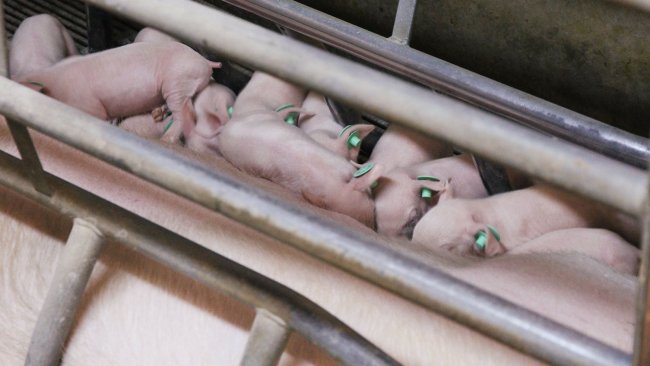
The article explains how to manage nurse sows in 3-week batch farrowing systems with a practical example.

This second part deals with the problems caused by not recording properly the cause of abortions, sows and piglets deaths, nurse sows and hormonal treatments.

This first part deals with backward and impossible data, i.e. the sows that are no longer in the farm but still appear both in the management softwatre and the 100% delivery rates in gilts.
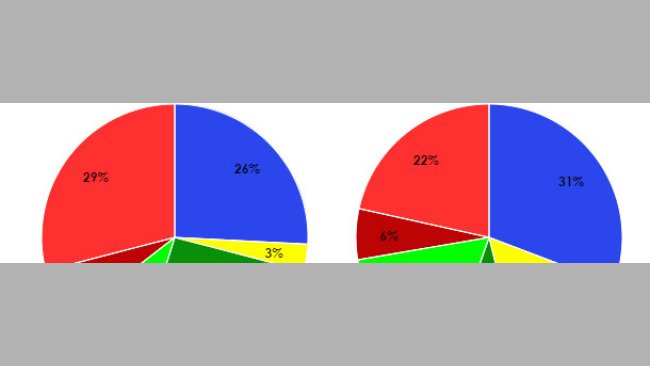
The number of sows that suffer some kind of leg injury is much higher than is apparent, and even more so in second farrowings.
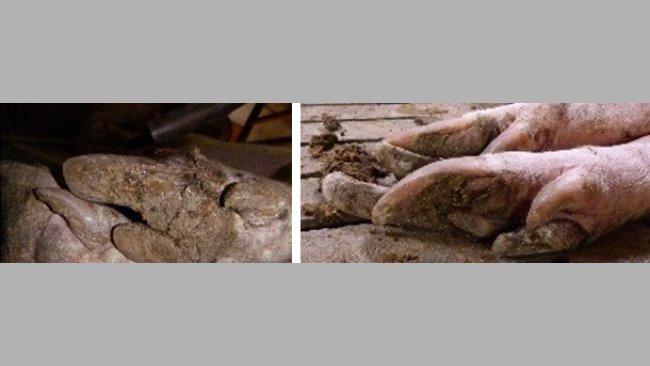
Apparently, lameness problems amount to just 5% of the causes for sending pigs to slaughter...

The month of the sow's birth affects the number of piglets born alive in the first farrowing.
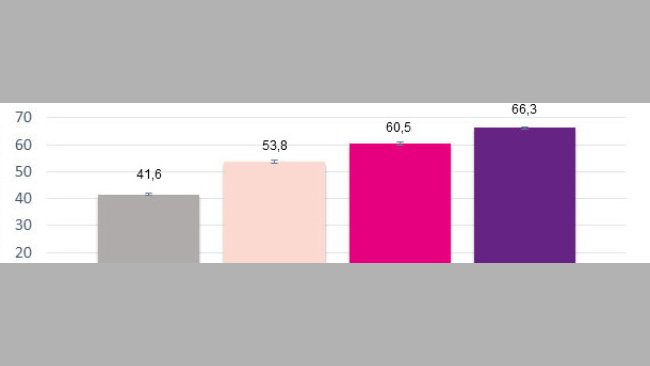
We can predict a sow's production based on the number of piglets born alive at first farrowing. In addition, the best sows' performance will outdo the others' continuously.
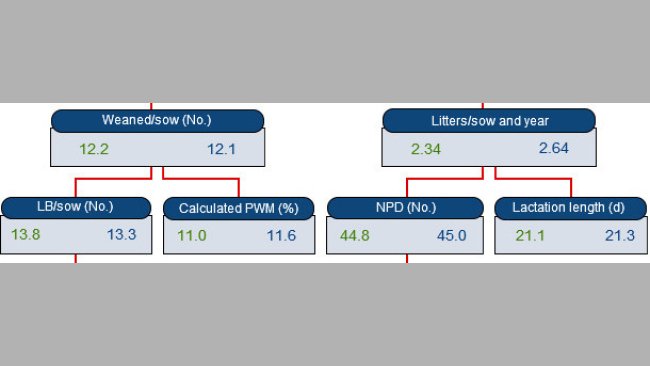
This article explains how the massive use of hormones helps synchronize heats and farrowings when workload scheduling, synchronization and production rates stability are priorities.
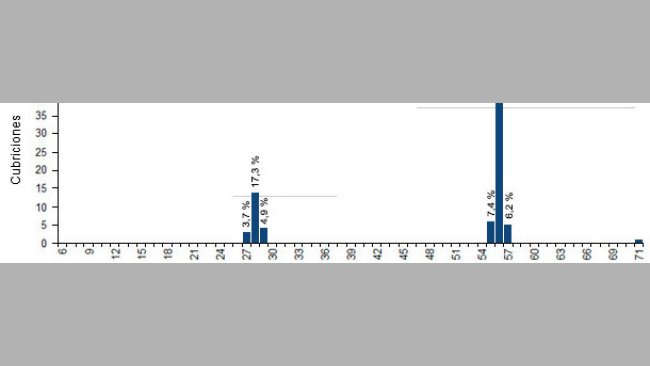
A strict schedule allows us to concentrate all the important events, and time periods where more attention/work is required, within the working days.
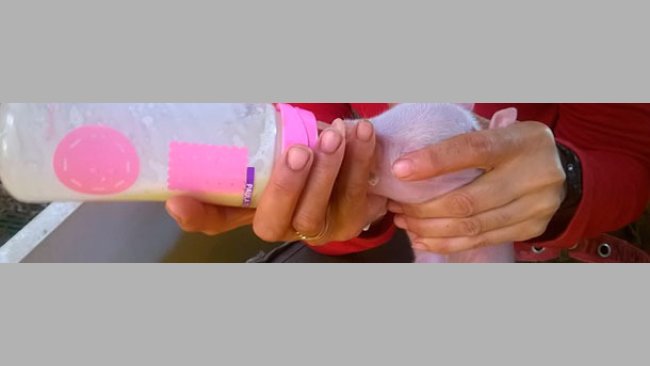
Thanks to the combination of a decrease in the number of stillborn and an almost 30% decrease of preweaning mortality (down to 10.2%), the ultimate goal is finally achieved: to wean an additional piglet per sow.
Welcome to 333
Connect, share, and interact with the largest community of professionals in the swine industry.
Celebrating 168842Users on 333!
Sign upAlready a member?





